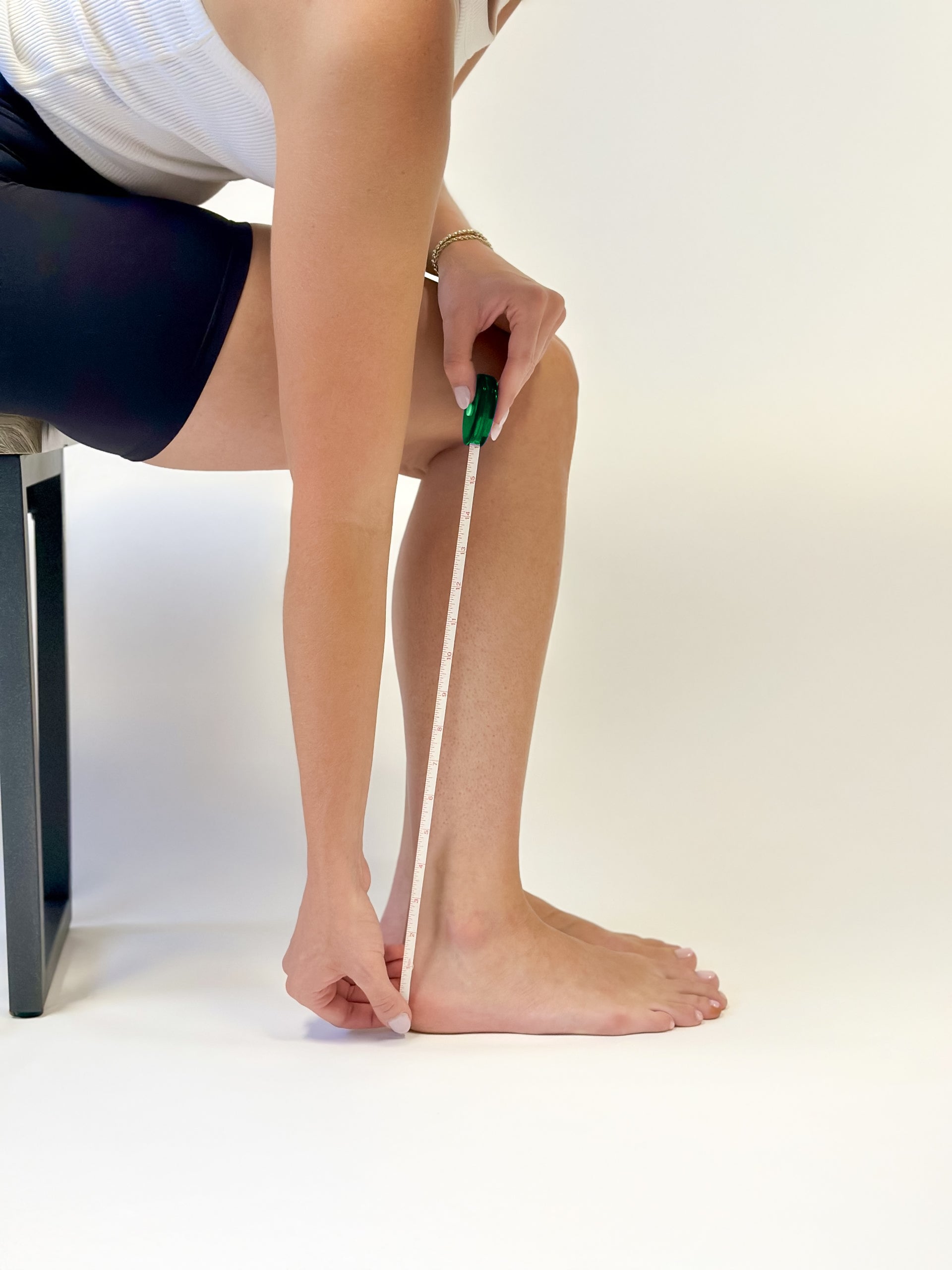If you are new to compression products, you may be unsure where to start. This is completely normal. You're already taking steps toward improving your health - and we're here to help you with that. Compression garments are more than just regular clothing - they actually help improve your health and comfort, simply by wearing them. Because of their unique benefits, there's a bit more to know when choosing the right product. We'll take you through the basics of compression so you can understand how it works, how to find your size and which compression level is the best choice for your health needs.
What Is Medical Grade Compression?
While many other products may claim to be made with "compression", they may not provide accurate compression. Only compression products that are "medical grade" will give you accurate compression. Products that do not meet this standard cannot guarantee that they deliver the described compression level or proper graduated compression.
All our products follow a very specific manufacturing process and utilize specialized equipment to create medical grade, graduated compression. Graduated compression applies the highest level of compression at the ankle and gradually decreases as it moves up the leg. This means that a products with 15-20 mmHg will apply 20 mmHg of compression at the ankle, and it will gradually decrease until it gets to 15 mmHg at the top of the sock.
When it comes to compression, and your health, we don't compromise. That is why all EVO products are made with medical grade compression. Our products are held to the highest standards and undergo meticulous testing to ensure they provide accurate compression.
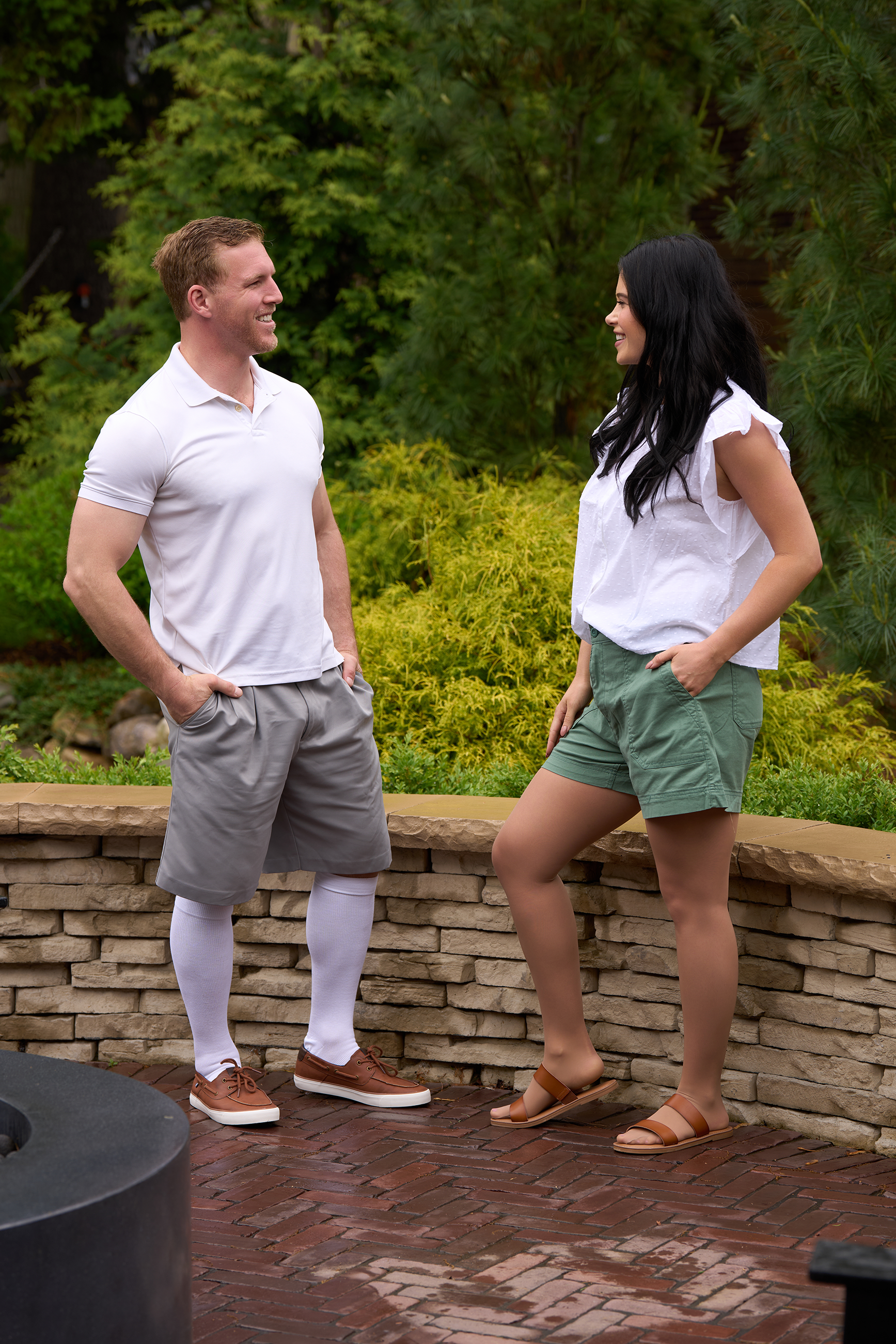
Which Level of Compression Should I Wear?
Compression comes in different levels, ranging from mild to very firm. The best level for you depends on your specific health needs and symptoms. Here's a quick breakdown of the different levels and the benefits they offer.
8-15 mmHg
Light Compression - the lightest level of compression. Helps improve circulation and prevent or relieve mild swelling, heaviness and discomfort.
15-20 mmHg
Mild Compression - the perfect compression level for general health. Improves circulation, prevents or relieves swelling, heaviness and discomfort, and prevents varicose veins or Deep Vein Thrombosis (DVT).
20-30 mmHg
Moderate Compression - One of the most common levels. Improves circulation, offers prevention and relief from moderate heaviness, swelling or fatigue, and helps manage varicose veins and DVT.
30-40 mmHg
Firm Compression - You should only wear this level if it is prescribed by your doctor. This levels is primarily used for severe swelling or edema, DVT, serious venous conditions or other medical conditions.
How do I Find My Size?
Like we previously said, compression isn't like regular clothing. Its unique graduated design comes with more specific size options. This is designed to provide you with a more personalized fit. Using your specific measurements is key to proper fit and function. Sizes can also vary by style, so make sure you check the measurements for each one!
Finding your measurements is simple and takes just a few minutes. Just grab a soft tape measure and you're ready!
Step 1
Measure the circumference of your ankle.
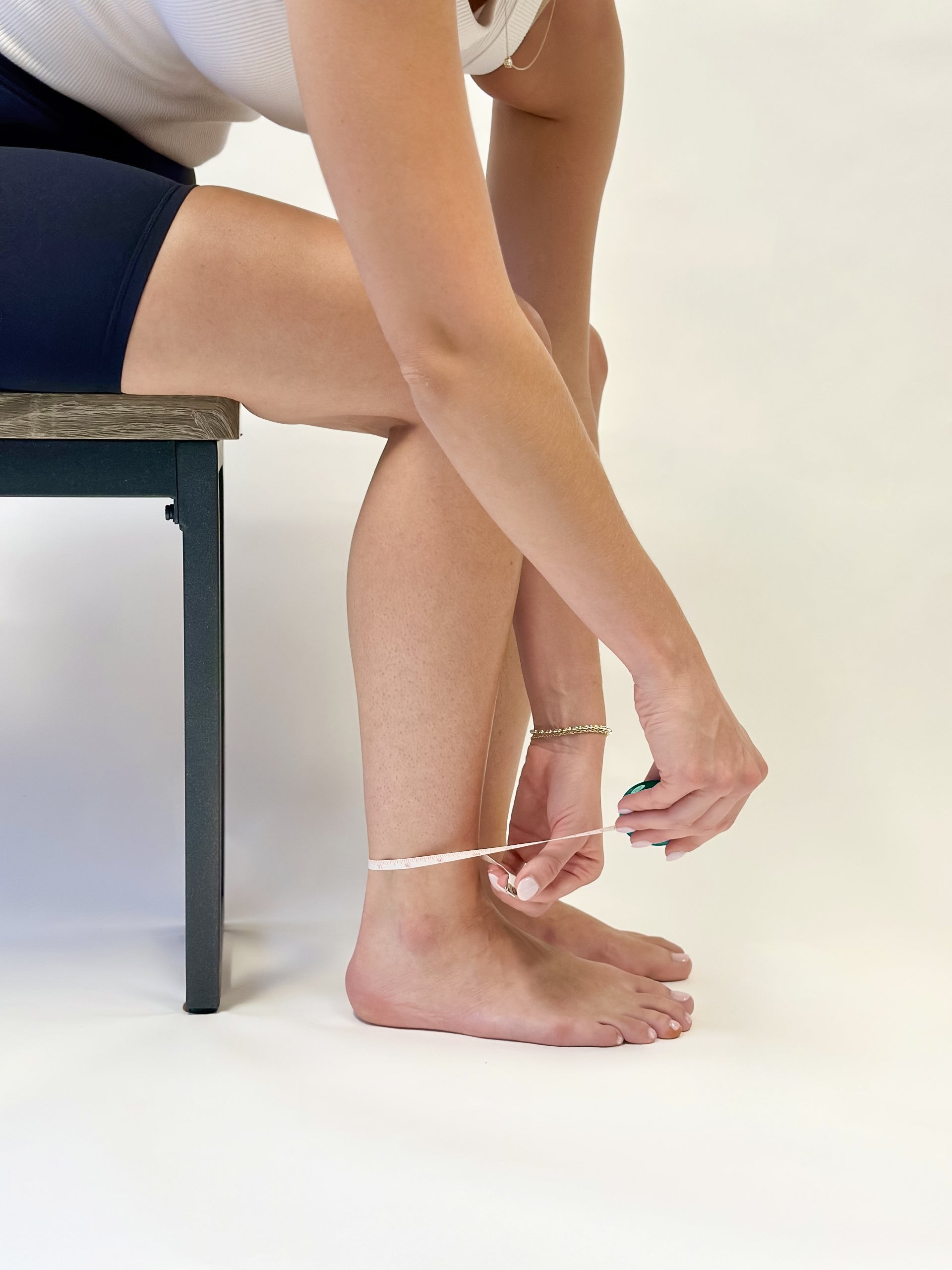
Measure the circumference of your ankle.

Step 2
Measure around the widest part of your calf.
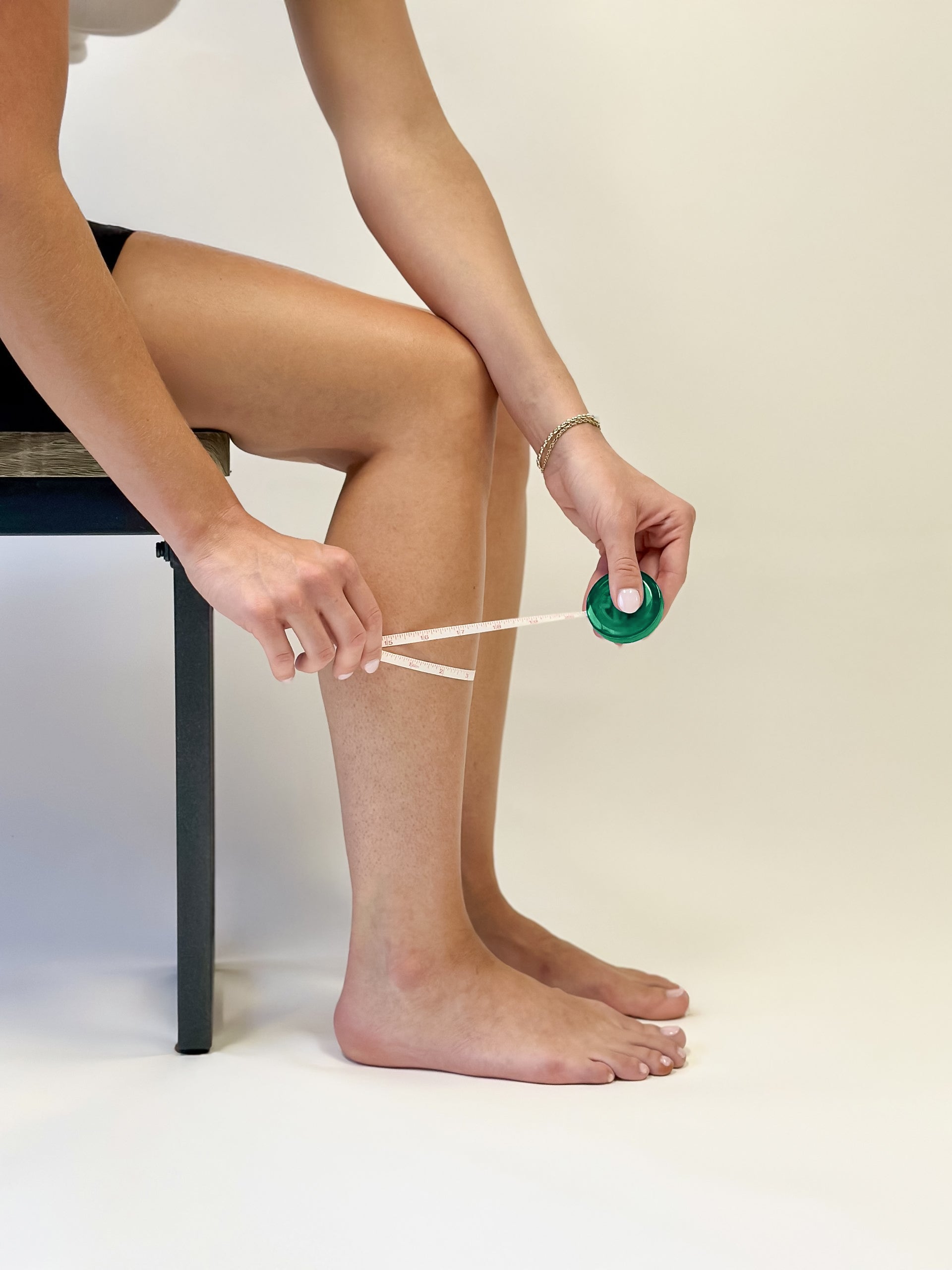
Step 3
For thigh high and pantyhose, measure around the widest part of your thigh.
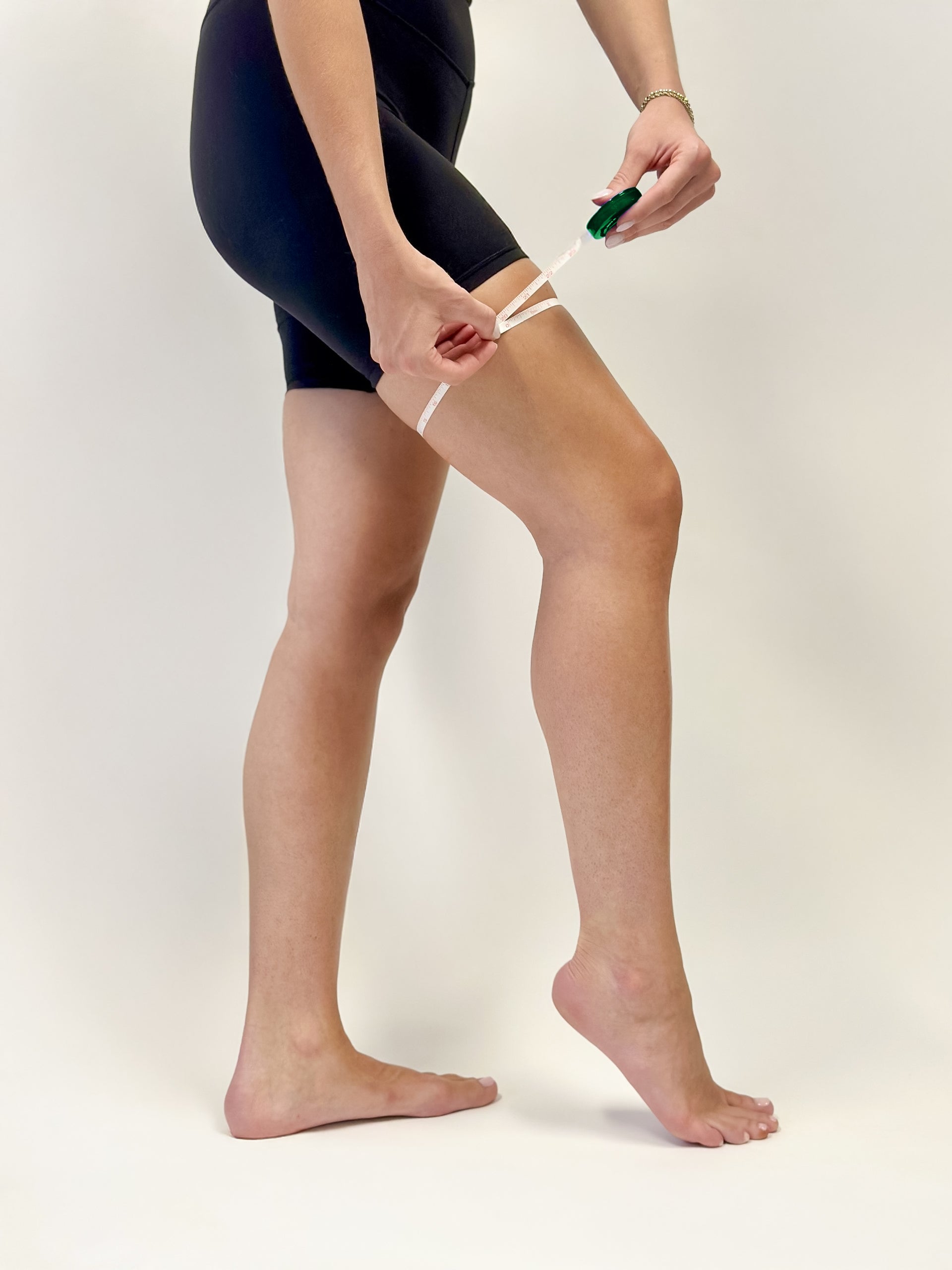
Step 4
Starting at the base of you heel, measure the length from the floor to the bend in the back of your knee.
